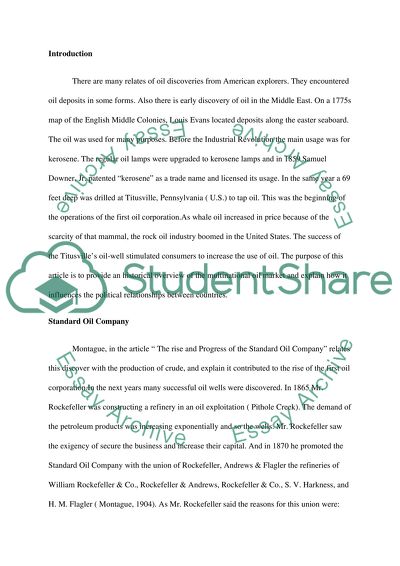Cite this document
(“History of the Multinational Oil Market Literature review”, n.d.)
History of the Multinational Oil Market Literature review. Retrieved from https://studentshare.org/history/1403659-international-business-history-denpends-on-the
History of the Multinational Oil Market Literature review. Retrieved from https://studentshare.org/history/1403659-international-business-history-denpends-on-the
(History of the Multinational Oil Market Literature Review)
History of the Multinational Oil Market Literature Review. https://studentshare.org/history/1403659-international-business-history-denpends-on-the.
History of the Multinational Oil Market Literature Review. https://studentshare.org/history/1403659-international-business-history-denpends-on-the.
“History of the Multinational Oil Market Literature Review”, n.d. https://studentshare.org/history/1403659-international-business-history-denpends-on-the.


